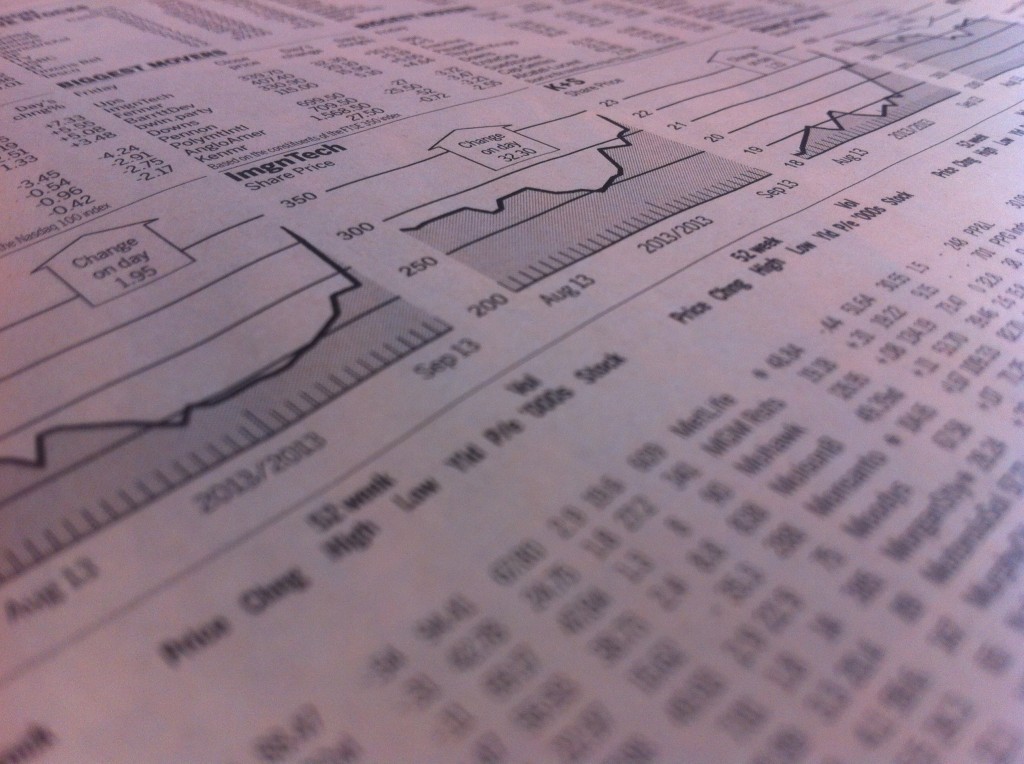BetaShares Blog Why do SMSFs like ETFs
Post on: 16 Март, 2015 No Comment

The two acronyms ‘SMSF’ and ‘ETF’ are responsible for some of the largest changes the Australian investment landscape has seen in recent years. In this BetaShares Academy article we examine some of reasons why exchange traded funds are so popular with self-managed super fund investors.
SMSFs are the largest and fastest-growing segment of the Australian retirement savings pool, with over $500bn held in the over 500,000 SMSFs now in existence (according to the ATO as at November 2013 – the numbers grow so rapidly that this data will shortly be out of date)! ETFs are also one of the fastest growing categories of investment products available to Australians (paralleled by massive growth in the ETF market globally). In fact, in our recent BetaShares/Investment Trends ETF Report for 2013 we provided the finding that approximately 50% of all retail investors in ETFs are buying these investments via their SMSF. The connection in the growth of SMSFs and ETFs is not a coincidence – the forces driving the massive surge in popularity in each are essentially the same, ie investor desire to:
- ‘take control’ of their investments;
- reduce the costs of investing;
- improve transparency and simplicity in their investments;
- improve the tax outcome of their investments.

Of course, investor research shows there are numerous other reasons for the popularity of SMSFs and ETFs, but these are the main themes driving demand. When we dig beneath the surface we can see some powerful opportunities for SMSF investors who buy ETFs .
Control & Turnover
Apart from the fact that SMSF trustees control exactly what they invest in, they are also able to adopt a long-term, ‘buy and hold’ approach to investing that is difficult for conventional super funds to mimic. Because SMSFs are aligned specifically to the needs of their trustees and members (normally the same), they can be used to build a portfolio around their specific retirement needs.
Buying shares or property and holding them until they ultimately are sold down in retirement (or hopefully not at all) is difficult to achieve when using traditional managed funds. This is because traditional actively managed funds will buy and sell shares frequently to try to outperform their ‘benchmark’. As a result, actively managed funds will usually have high levels of turnover (often up to 80% per annum) which acts as an after-tax performance drag.
Lower turnover reduces the number of tax events and can also help by allowing franking credits on share dividends to accumulate over time.
All of this fits neatly with the key design features of ETFs. Because ETFs seek to track an index (or other asset), the turnover within the ETF is essentially the same as the turnover in the index. Traditional indices like the S&P/ASX 200 only change in composition when corporate actions occur (e.g. bonus or rights issues) or when a stock’s size falls below the minimum required (meaning it is replaced by the next stock in line).
For example, the recent turnover in the S&P/ASX 200 index has been around 6% pa – far less than the average turnover in a traditional actively managed fund. That leads to a far lower tax liability when holding an Australian shares ETF compared with an equivalent actively managed fund.
Cost control is one of the best ways to improve the overall return of your investments. The impact of an annual investment cost of (say) 1% pa over the term of the investor’s life creates a significant drag on investment performance. ETFs typically involve far lower costs than traditional actively managed funds – for example, the basic management costs for the BetaShares Resources Sector ETF (ASX: QRE) are 0.39% pa.














